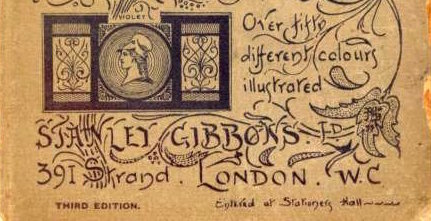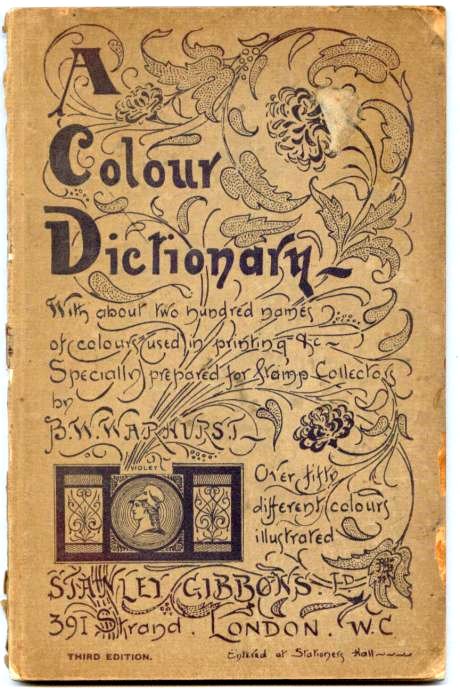The Mineral Shop at 149 Strand
Posted in 1800-1899, galleries, shops, universities and tagged with academics, building construction and demolition, change, employment, science, shopping, students, teachers, tourists

Stanley Gibbons’s stamp shop was not the only mecca for nineteenth-century collectors, as Dr Adelene Buckland (English Department, King’s College London) demonstrated at the ‘Shows of London’ seminar series last Monday night at King’s. On the opposite side of the street to Gibbons’s establishment, at 149 Strand, was a mineral shop from 1804-1881. Dr Buckland told us that John Mawe, proprietor of the shop from 1804 until his death in 1829, held the official title of ‘Mineralogist to the Queen’. He was succeeded by his wife Sarah, who ran the shop and held the title of ‘Mineralogist to the Queen’, after which the shop was bought by the Mawes’ apprentice James Tennant. Tennant ran the shop until his death in 1881, during which time he oversaw the cutting of the Koh-i-Noor for the Great Exhibition at the Crystal Palace, and wrote descriptions and catalogues of the crown jewels and of the mineral displays at the South Kensington Museum, to which he contributed a display of diamond rings. Dr Buckland explained how Tennant made much of his shop as a place of science, and gave lectures on mineralogy at King’s College London.
As you walk along the Strand today, you might be surprised to hear that the Strand was an important location for the luxury goods market in the 1800s. Diamonds, expensive cigars, antique books… shopping heaven for the discerning Georgian and Victorian, who liked a little learning sprinkled in with their leisure time.

Third edition of Gibbons’ Colour Dictionary for stamp collectors (via Wikimedia Commons)
